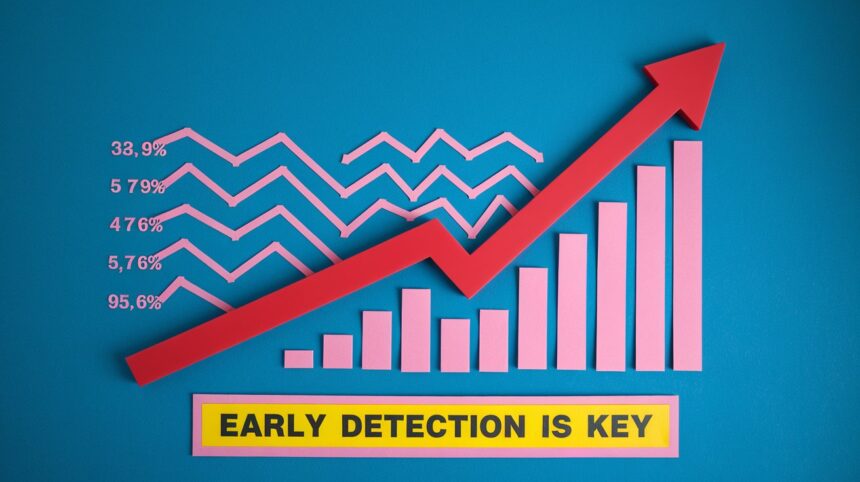Introduction: The Rise of Breast Cancer Among Young AAPI Women
Breast cancer is on the rise among young Asian American and Pacific Islander (AAPI) women, presenting a growing health concern. Christina Kashiwada’s experience exemplifies this troubling trend. During a work trip in the summer of 2018, she noticed a small, itchy lump in her left breast. Initially dismissing it, she continued with her regular self-checks and medical appointments. However, a relative urged her to get a mammogram, leading to a devastating diagnosis of stage 3 breast cancer. “I’m 36 years old, right?” Kashiwada, a civil engineer from Sacramento, California, reflected. “No one’s thinking about cancer.”
Key Findings on the Rise of Breast Cancer Among Young AAPI Women
In 2021, approximately 11,000 AAPI women were diagnosed with breast cancer, and around 1,500 died from the disease. Recent federal data highlights a significant increase in breast cancer diagnoses among AAPI women, a group that previously had relatively low rates. The rise is especially pronounced among younger women like Kashiwada. For instance, in 2021, about 55 out of every 100,000 AAPI women under 50 were diagnosed with breast cancer. This rate surpasses that of Black and Hispanic women and is comparable to that of white women, according to data from the National Institutes of Health.
Significant Growth Trends in Breast Cancer Rates Among Young AAPI Women
From 2000 to 2021, the incidence of breast cancer among AAPI women under 50 increased by about 52%. For women aged 50 to 64, the rate grew by 33%, and for those 65 and older, by 43%. In contrast, the overall rate for women of all ages, races, and ethnicities grew by only 3%.
Challenges in Understanding the Breast Cancer Rise Among Young AAPI Women
Researchers are striving to understand the reasons behind this increase among young AAPI women. The explanation is likely multifaceted, involving cultural shifts and lifestyle pressures. Helen Chew, director of the Clinical Breast Cancer Program at UC Davis Health, noted the complexity due to the diverse nature of the Asian American diaspora. “It’s a real trend,” Chew said, “but it’s difficult to pinpoint the exact cause. Is it due to an influx of people with less access to care, or are there cultural factors at play?”
Urgent Need for Solutions to Address Breast Cancer Among Young AAPI Women
Addressing this trend is critical as it impacts lives. While many ethnic and racial groups have seen declines in breast cancer death rates, AAPI women have not. In 2023, the death rate from breast cancer among AAPI women was about 12 per 100,000, consistent with 2000 figures. This contrasts with a 30% drop in the death rate among all women over the same period.
Rising Rates of Breast Cancer and Other Cancers Among Young AAPI Women
Breast cancer is not the only concern; other cancers such as pancreatic, thyroid, colon, and endometrial cancers, along with non-Hodgkin lymphoma, have also seen increases among young AAPI women. However, breast cancer remains the most prevalent among these cancers for younger AAPI women.
Research and Hypotheses on the Rise of Breast Cancer Among Young AAPI Women
Scarlett Gomez, an epidemiologist at the University of California-San Francisco, is investigating the causes of the cancer rise among AAPI women. Possible factors include stress and lifestyle changes. Veronica Setiawan from the University of Southern California suggests that westernized lifestyles, including earlier menstruation and delayed childbearing, might contribute to the increased risk.
Personal Stories and Impact of Breast Cancer on Young AAPI Women
Christina Kashiwada underwent extensive treatment, including a mastectomy, chemotherapy, and radiation. She kept her diagnosis from her grandmother to avoid causing her distress. Despite her challenges, Kashiwada wants other young AAPI women to be aware of their increased risk and to remain vigilant about their health.


